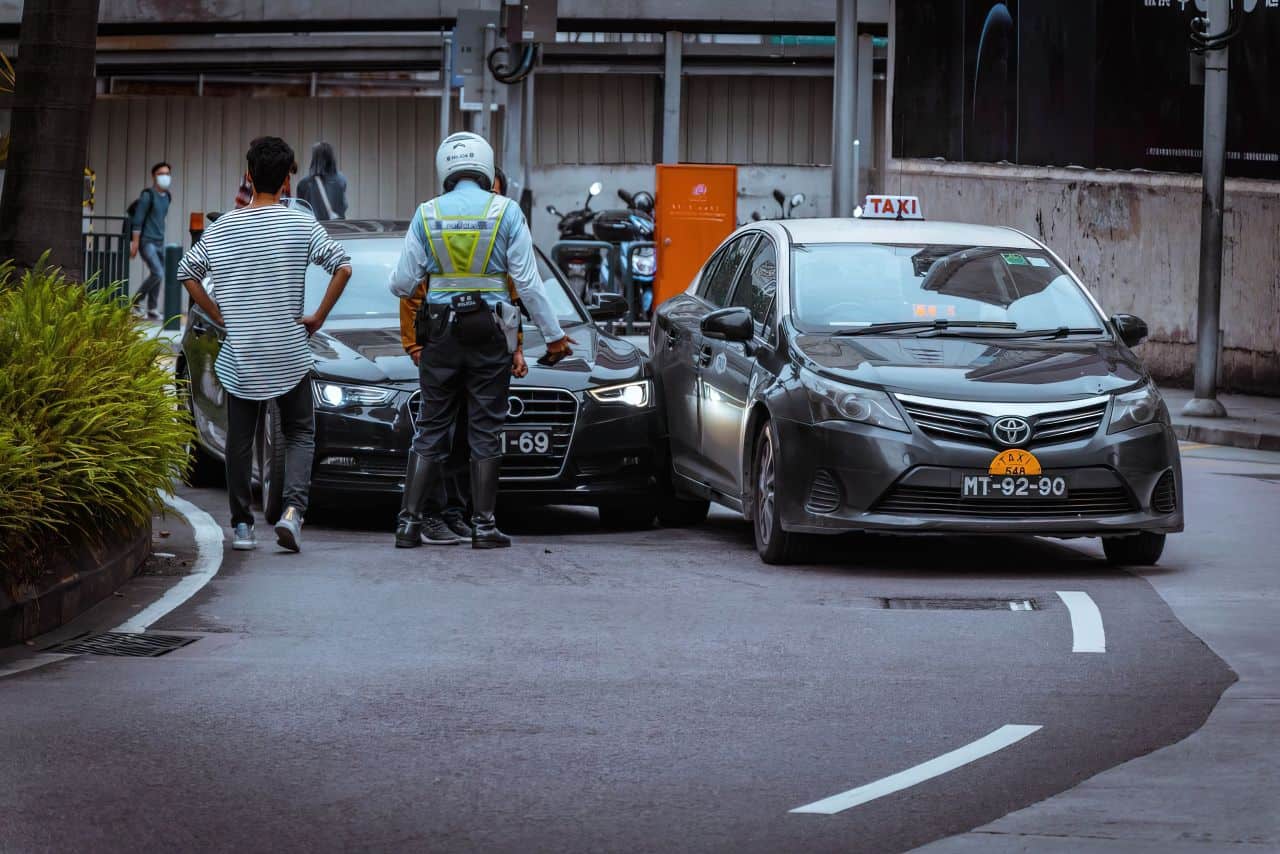Nobody leaves for work in the morning or runs an errand in their vehicle, anticipating that they will be in a car accident. They might allow a text message to distract them and plow into the car in front of them, or maybe a drunk driver T-bones them in an intersection. Millions of car accidents happen every day across America, so this sort of thing is far from uncommon.
While it’s tough for you to get past it if you’re in a car accident, things can become more complex if there are more than two vehicles involved. In this article, we’ll talk a bit about what you can expect if you’re in a three-car accident.
A Few of the Basics
One of the critical factors you’ll want to think about in a three-car accident is who has to pay for the damages. Figuring that out, though, is seldom easy.
For this article, we’ll say that you got in a three-car accident in Texas. In Texas, a reportable accident happens every minute, so it’s the perfect state to consider this situation.
If you’re attempting to figure out who has to pay for damages in a three-car accident, you’ll need to look at whether one driver or another let something distract them, like a smartphone, the radio, some kids in the backseat, etc. You’ll need to look at whether there was a malfunction that prevented a vehicle from braking at a crucial moment.
The weather might certainly play a part in what happened, or road conditions might. Maybe one driver was also speeding when the crash took place, and that’s the main reason why they couldn’t stop in time.
As you can see, there’s seldom one factor you have to think about, but many. You’re probably going to need to enlist an expert car accident attorney to help you as soon as you possibly can.
The Chain-Reaction Crash
There are all kinds of ways, speaking logistically, for three cars to hit each other. However, the so-called “chain-reaction” crash is one of the most common ways three vehicles collide when they’re out on the road.
What happens in these instances is that two cars collide, and the force of that collision pushes one or both of them into a third vehicle that cannot get out of the way in time. What you might take from this is that it’s not usually the third car’s driver who has to pay any damages. It’s not inconceivable that they might need to pay something, but, from a legal standpoint, it’s probably one of the other two drivers who the court system is going to blame for this type of wreck.
If you ever hear the term “pileup” on the local news, this is almost always the type of wreck they mean. Two cars collide, and that force pushes them into another vehicle or more than one. You might even hear about pileups on the interstate sometimes that involve ten or twenty cars.
Higher speeds almost always play a part with this type of thing. On local roads, cars can usually stop in time if an accident occurs in front of them. If you’re traveling down the highway at seventy miles per hour, stopping suddenly is a lot more difficult.
Proving Negligence
Some states have what they call no-fault insurance policies. In one of these states, the three-car crash’s cause doesn’t matter so much, assuming no driver or passenger sustained a serious injury or died. If it’s just vehicular damage, the no-fault insurance policy will pay for whatever happened.
However, these no-fault policies will only cover damage up to a certain amount. Once there’s more damage than the policy can cover, one or both of the other drivers are liable to go after the third driver who they feel caused what happened.
Whether they can get money or not will often depend on proving negligence. Negligence, in this instance, is a particular legal term that usually comes up at trial or during settlement negotiations.
The short answer as to which of the three drivers usually has to pay the other two is that if the court system can establish that this third driver was negligent in their actions, they’re probably on the hook financially.
If their lawyer tells them there’s overwhelming negligence evidence, they might instruct them to settle out of court. If the attorney feels the evidence is not there, they will usually tell their client to battle on and let a jury decide who was really at fault.
What Does Negligence Actually Mean?
When determining fault in a three-car accident, the main idea is that each driver owed a certain degree of courtesy to other motorists and pedestrians and adherence to all applicable traffic laws. Any of the egregious behaviors we mentioned before, including drinking alcohol and driving, consuming drugs and driving, speeding, letting something distract them, and so forth, all indicate that driver was negligent.
The tricky part can be proving negligence. If the police gave this driver a breathalyzer at the scene, and they failed it, that case is probably fairly straightforward. However, what if the driver that caused the accident was texting on their smartphone right before they drove through a stop sign?
It can be harder to establish negligence there. The lawyers that the two other drivers hired might need to find material evidence that suggests that’s what happened.
They might subpoena the phone to see what time the person sent their last text on that fateful day. They may need to try and locate traffic camera footage that shows the incident in question.
In short, it’s not always easy to establish who should pay in a three-car pileup. If you are any of the three drivers involved, you’ll probably want to reach out to a car wreck attorney as quickly as you can. You’ll either need to start preparing your defense, or else you’ll have to begin compiling evidence that blames one of the other drivers.

